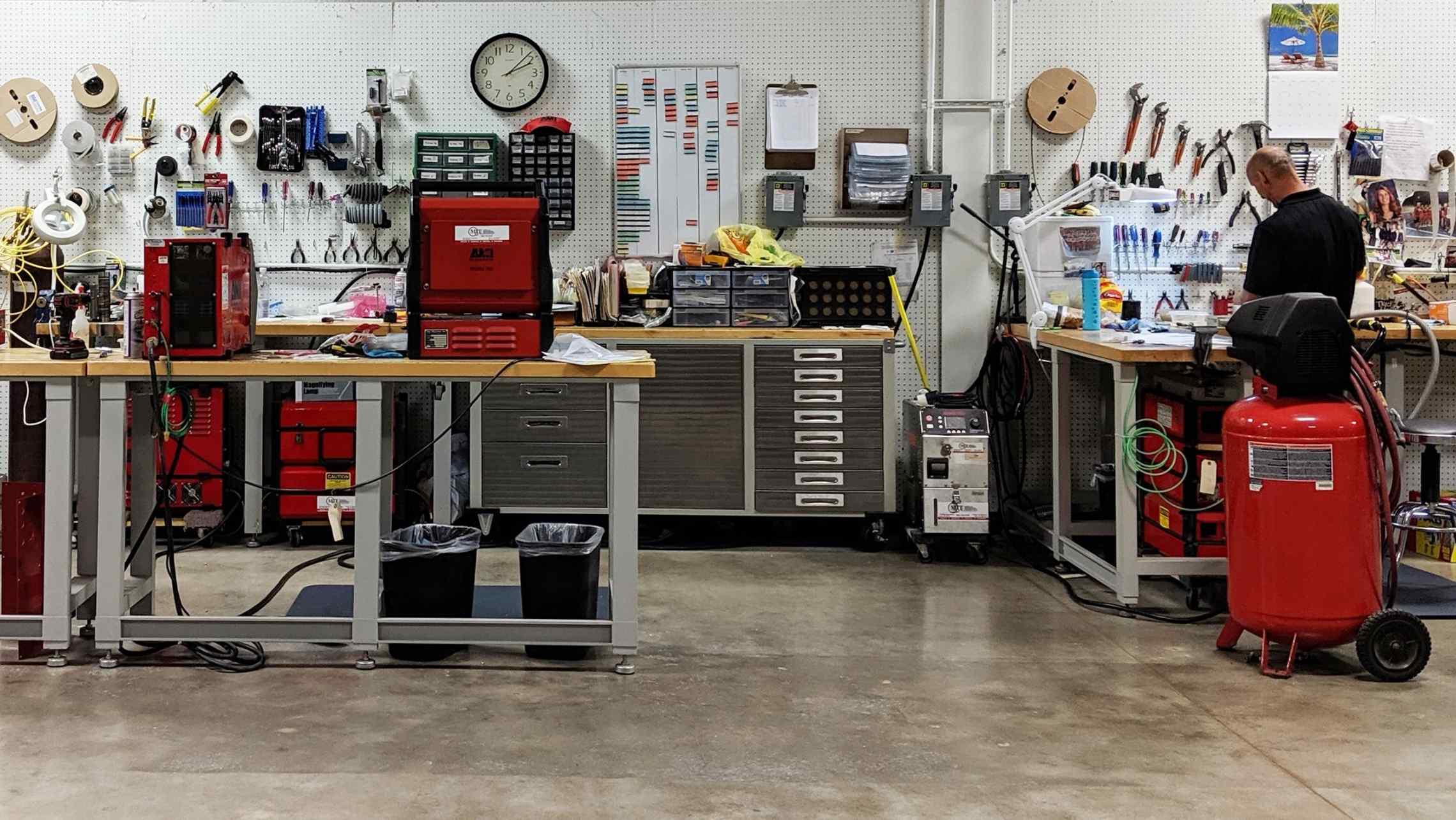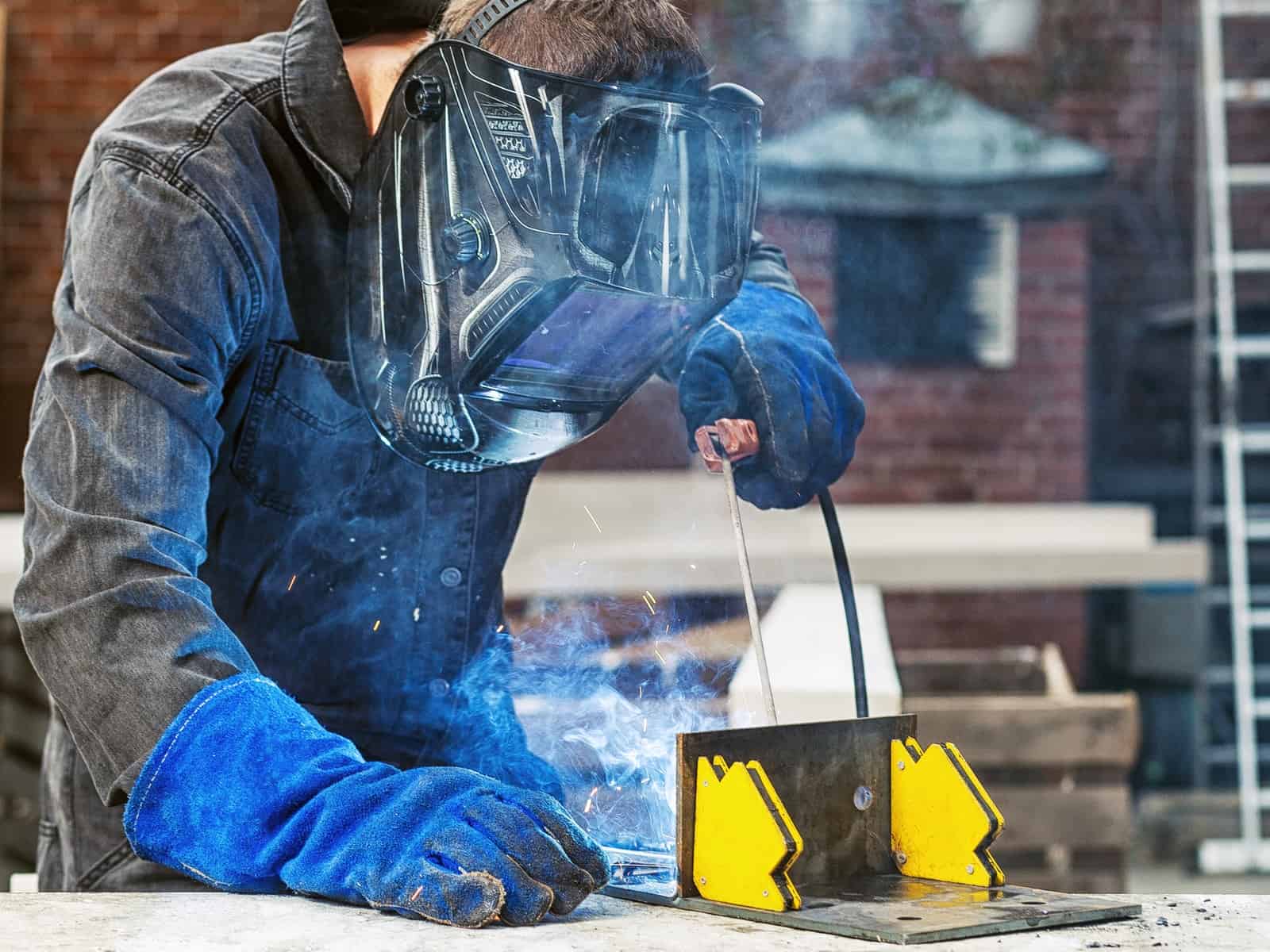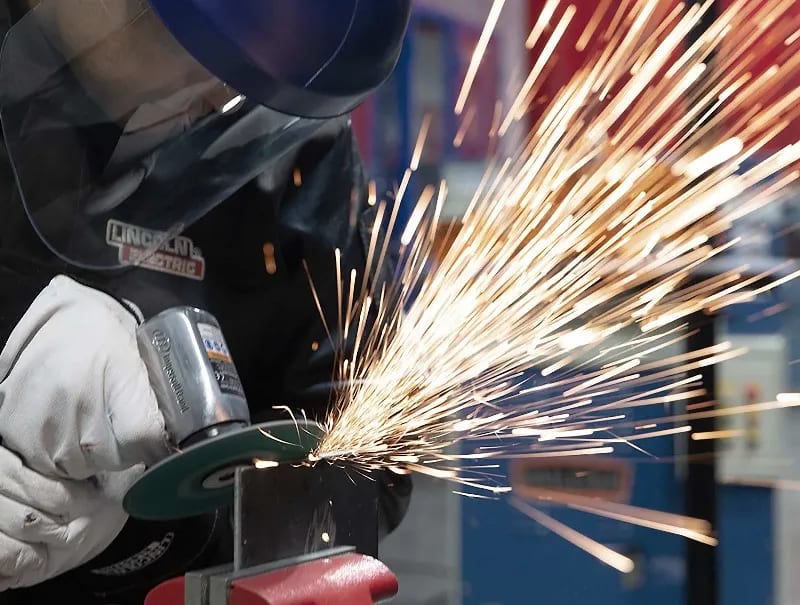Simple weld inspection practices shared by Montana Mobile Welding and Repair
Wiki Article
Typical Welding Fixing Issues and How to Address Them Effectively
Welding fixings typically come across a series of concerns that can jeopardize the honesty of the end product. Usual troubles consist of poor penetration, porosity, and misalignment, to name a few. Each issue provides special difficulties that require particular techniques for resolution. Understanding these concerns is crucial for welders intending to improve their skills and results. This conversation will explore these usual welding repair service problems and reliable methods to address them.Inadequate Infiltration
Insufficient infiltration happens when the weld steel stops working to totally fuse with the base product, resulting in weak joints and possible architectural failures. This issue frequently comes from not enough heat input, inaccurate electrode angle, or improper welding rate. Welders may encounter inadequate infiltration due to a mistake of the needed specifications for a certain product thickness or kind. Additionally, contamination on the base product's surface area can hinder reliable bonding, aggravating the trouble. To attend to poor infiltration, welders should guarantee proper settings on their equipment and preserve a clean work surface. Normal assessment of welds is advised to identify any type of shortages early, enabling prompt modifications and the avoidance of compromised structural stability in welded assemblies.Porosity
Porosity is an usual flaw in bonded joints that manifests as tiny gas bubbles entraped within the weld metal. This flaw can endanger the stability of the weld, bring about reduced toughness and prospective failure under stress and anxiety. Montana Mobile Welding and Repair Welding. Porosity typically arises from contamination, wetness, or inappropriate welding strategies, which allow gases to run away right into the molten weld pool. To deal with porosity, welders should guarantee correct surface area preparation, maintain a clean workplace, and make use of suitable welding specifications. Additionally, choosing the ideal filler product and protecting gas can mitigate gas entrapment. Routine inspection and screening of welds can assist identify porosity early, guaranteeing prompt restorative activities are taken, consequently preserving the quality and reliability of the welded frameworkImbalance
Imbalance in welding can emerge from different factors, including improper arrangement and thermal expansion. Understanding the origin triggers is vital for reliable resolution. A number of improvement methods are offered to realign components and guarantee structural integrity.Reasons for Imbalance
Welding misalignment typically comes from a range of underlying problems that can endanger structural stability. One key reason is inappropriate fit-up of elements before welding, which can result in voids and irregular surface areas. Variants in thermal expansion during the welding process can additionally cause distortion, specifically if the products being signed up with have different coefficients of growth. Additionally, inadequate fixturing and securing may fail to hold elements firmly in position, bring about motion throughout welding. Inadequately maintained devices, consisting of welding makers and tools, may present inconsistencies in the weld bead, additional adding to imbalance. Driver error, stemming from inadequate training or experience, can likewise play a substantial role in producing misaligned welds.
Improvement Methods Available
Addressing imbalance effectively calls for a mix of restorative techniques tailored to the specific issues handy. One typical technique is making use of components or jigs to hold parts in the proper position throughout welding, guaranteeing regular positioning. Furthermore, pre-heating the materials can help in reducing distortion and enhance fit-up. For significant misalignment, mechanical adjustment methods, such as utilizing hydraulic jacks or clamps, can be used to fix the placement before welding. Post-weld heat therapy may likewise be needed to relieve anxieties brought on by imbalance. Careful assessment and change throughout the setup phase can stop misalignment problems from becoming substantial issues, promoting a smoother welding procedure and improving general structural integrity.Distortion
Distortion is a typical challenge in welding that can arise from different elements, including irregular heating & cooling. Comprehending the root causes of distortion is crucial for applying reliable avoidance methods. Addressing this problem not only boosts structural integrity yet also enhances the overall high quality of the weld.Reasons for Distortion
When subjected to the intense warmth of welding, materials frequently go through changes that can cause distortion. This sensation mostly arises from thermal growth and tightening throughout the welding procedure. As the weld area warms up, the product broadens; upon cooling, it contracts, which can create interior stress and anxieties. In addition, unequal heating across a work surface can aggravate these tensions, leading to bending or flexing. The sort of product also plays a substantial function; metals with differing thermal conductivity and coefficients of growth may respond in different ways, bring about uncertain distortions. Bad joint layout and poor fixturing can contribute to misalignment during welding, boosting the chance of distortion. Understanding these reasons is necessary for effective welding repair service and prevention techniques.Avoidance Techniques
Reliable prevention techniques for distortion during welding concentrate on managing heat input and guaranteeing correct joint style. Maintaining a consistent warmth input aids to decrease thermal growth and contraction, which can result in distortion. Utilizing methods such as pre-heating the work surface can additionally decrease the temperature slope, advertising consistent home heating. Additionally, selecting suitable joint styles, such as T-joints or lap joints, can boost security and minimize tension concentrations. Applying proper fixturing to secure the workpieces in location better help in keeping placement during the welding process. Lastly, staggered welding series can disperse heat much more uniformly, preventing localized distortion. By applying these techniques, welders can significantly decrease the probability of distortion and enhance the total quality of their welds.Cracking
Breaking is a common issue come across in welding fixings, frequently here resulting from numerous variables such as improper air conditioning rates, material selection, or poor joint prep work. The event of splits can substantially endanger the stability of the weld, bring about possible failings throughout procedure. To resolve this issue, welders have to first evaluate the origin, ensuring that materials are suitable and appropriately chosen for the specific application. Furthermore, controlling the cooling price throughout the welding procedure is crucial; fast air conditioning can cause tension and result in splitting. Correct joint style and preparation likewise add to reducing the threat. Implementing these approaches can boost weld high quality and durability, eventually minimizing the chance of breaking in finished weldments.
Incomplete Combination
A substantial issue in welding fixings is incomplete blend, which address occurs when the weld steel does not properly bond with the base material or previous weld passes - Belgrade. This issue can cause weaknesses in the joint, potentially endangering the integrity of the bonded structure. Elements adding to insufficient blend include inadequate warmth input, improper welding technique, and contamination of the surface areas being signed up with. To resolve this issue successfully, welders need to guarantee appropriate pre-weld cleaning and surface preparation, along with readjust their welding specifications to achieve appropriate infiltration and combination. Routine evaluation throughout the welding procedure can additionally help determine incomplete fusion early, enabling for prompt restorative measures to enhance the total quality of the weldOverheating
While welding repairs can enhance structural stability, overheating provides a significant challenge that can cause material deterioration. Excessive heat throughout welding can modify the mechanical residential properties of metals, leading to decreased toughness, enhanced brittleness, and warping. This sensation is specifically essential in high-stress applications where architectural reliability is vital. Determining getting too hot can include aesthetic assessments for staining or distortion, along with keeping an eye on temperature during the welding procedure. To mitigate the risks connected with getting too hot, welders should utilize suitable methods, such as managing warm input, changing travel rate, and utilizing appropriate filler materials. In addition, implementing pre- and post-weld warmth therapies can assist bring back material properties and boost the general top quality of the fixing, guaranteeing long-term efficiency and safety and security.Frequently Asked Inquiries
What Are the Usual Indicators of a Welding Flaw?

Exactly How Can I Test My Welds for High quality?
To check welds for high quality, one can utilize aesthetic examinations, ultrasonic screening, and radiographic approaches. Each technique assures structural honesty, identifies issues, and confirms adherence to defined criteria, ultimately boosting the dependability of the welded joints.What Safety Precautions Should I Take While Welding?
When welding, one ought to focus on safety by using proper individual protective equipment, guaranteeing correct air flow, protecting flammable products away, keeping a tidy work space, and recognizing environments to prevent crashes and injuries.Can I Repair a Weld Without Redesigning the Entire Joint?
Repairing a weld without remodeling the whole joint is possible, relying on the damage (Montana Mobile Welding and Repair Belgrade). Techniques such as grinding, including filler material, or making use of a welding process can effectively address certain problems while protecting the bordering frameworkWhat Tools Are Important for Efficient Welding Fixes?
Important tools for reliable welding repairs consist of a welding machine, cord brush, mill, protective equipment, clamps, and filler products. Each tool plays a crucial function in making certain quality and safety and security during the repair process. Porosity generally occurs from contamination, dampness, or inappropriate welding strategies, which allow gases to get away into the molten weld swimming pool. Inadequately kept devices, including welding devices and tools, might present incongruities in the weld grain, further contributing to imbalance. When subjected to the intense heat of welding, materials frequently undertake changes that can lead to distortion. Splitting is an usual problem encountered in welding repairs, usually resulting from various variables such as improper air conditioning rates, material choice, or poor joint preparation. A substantial concern in welding repairs is incomplete fusion, which takes place when the weld steel does not appropriately bond with the base product or previous weld passes.Report this wiki page